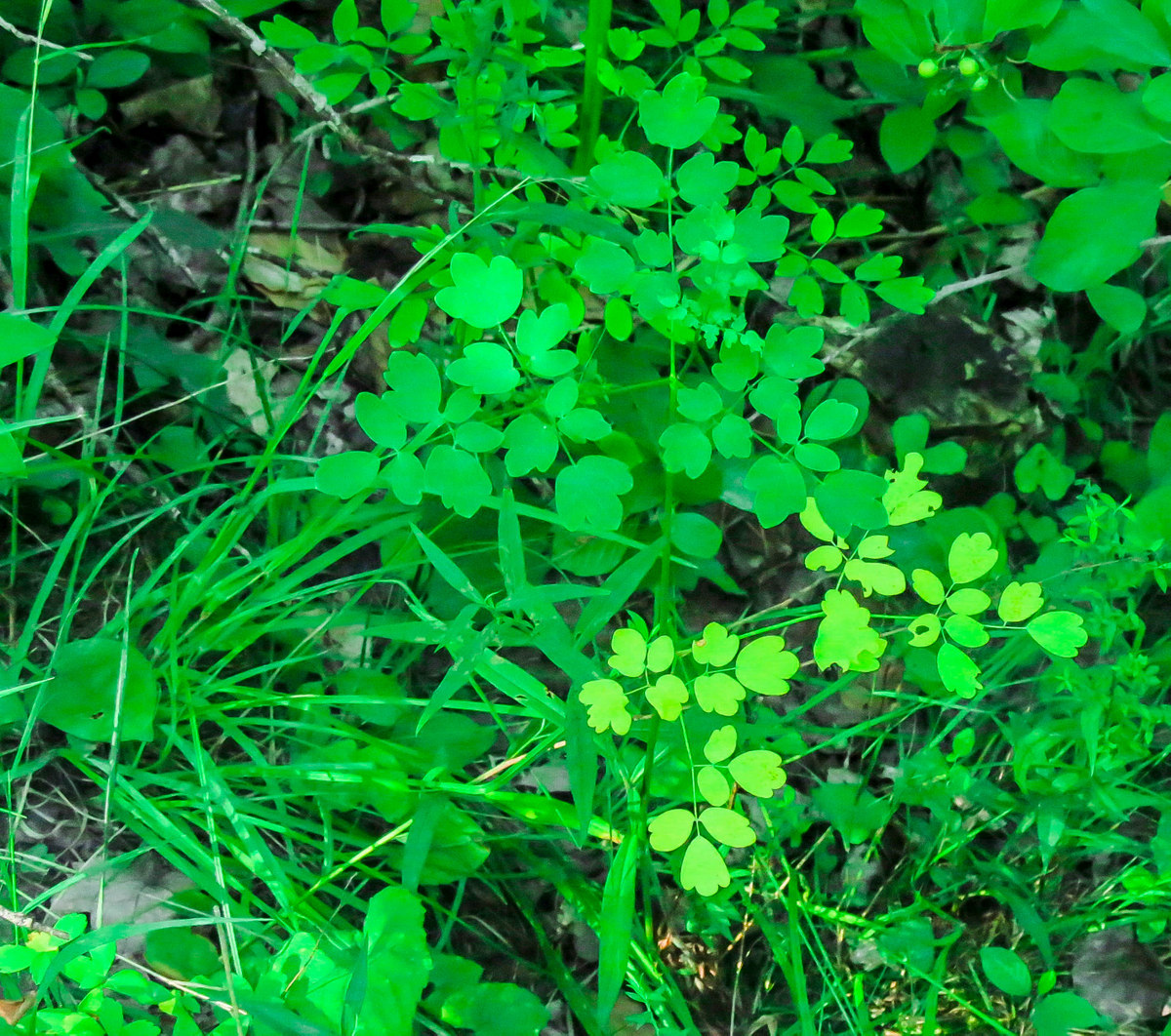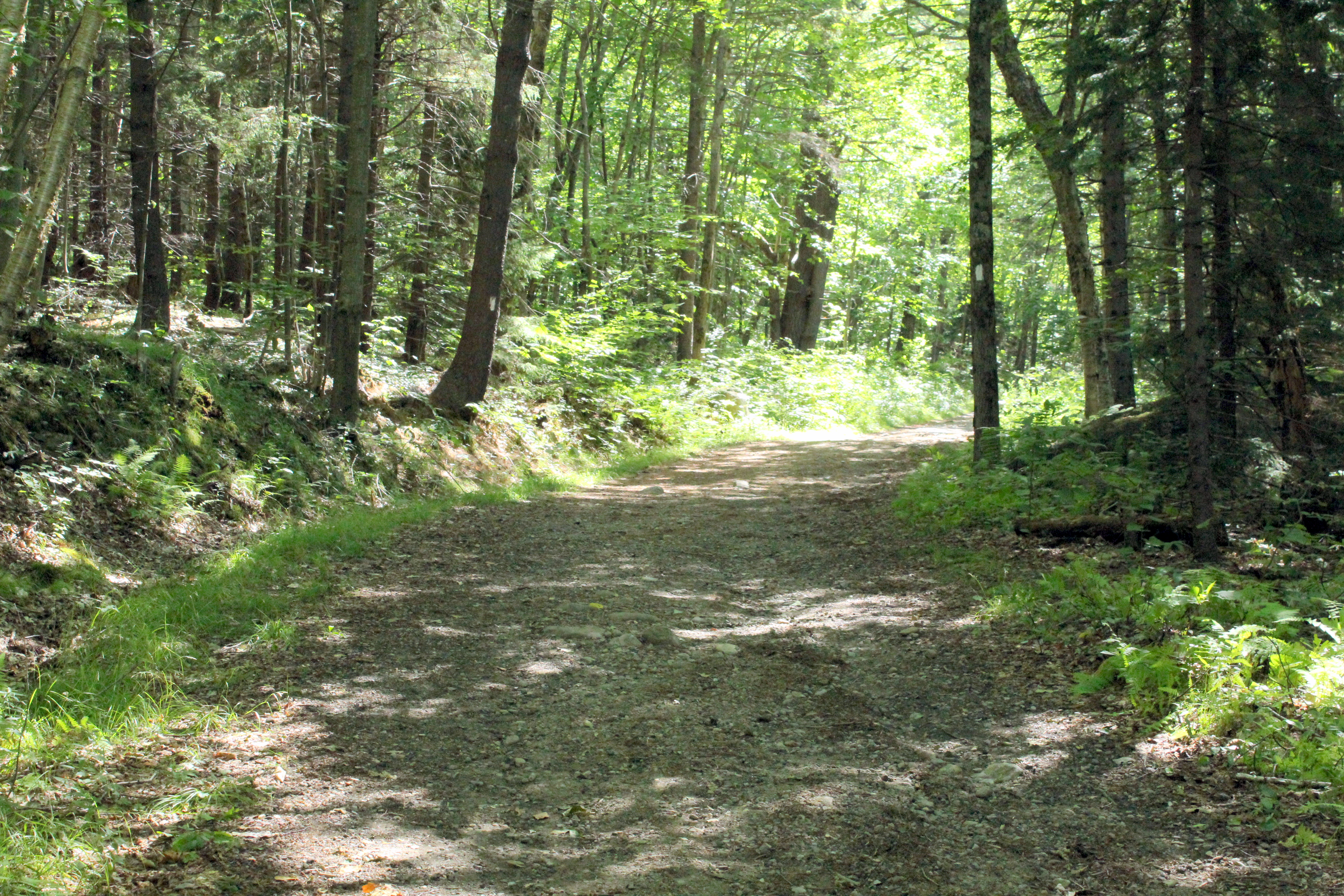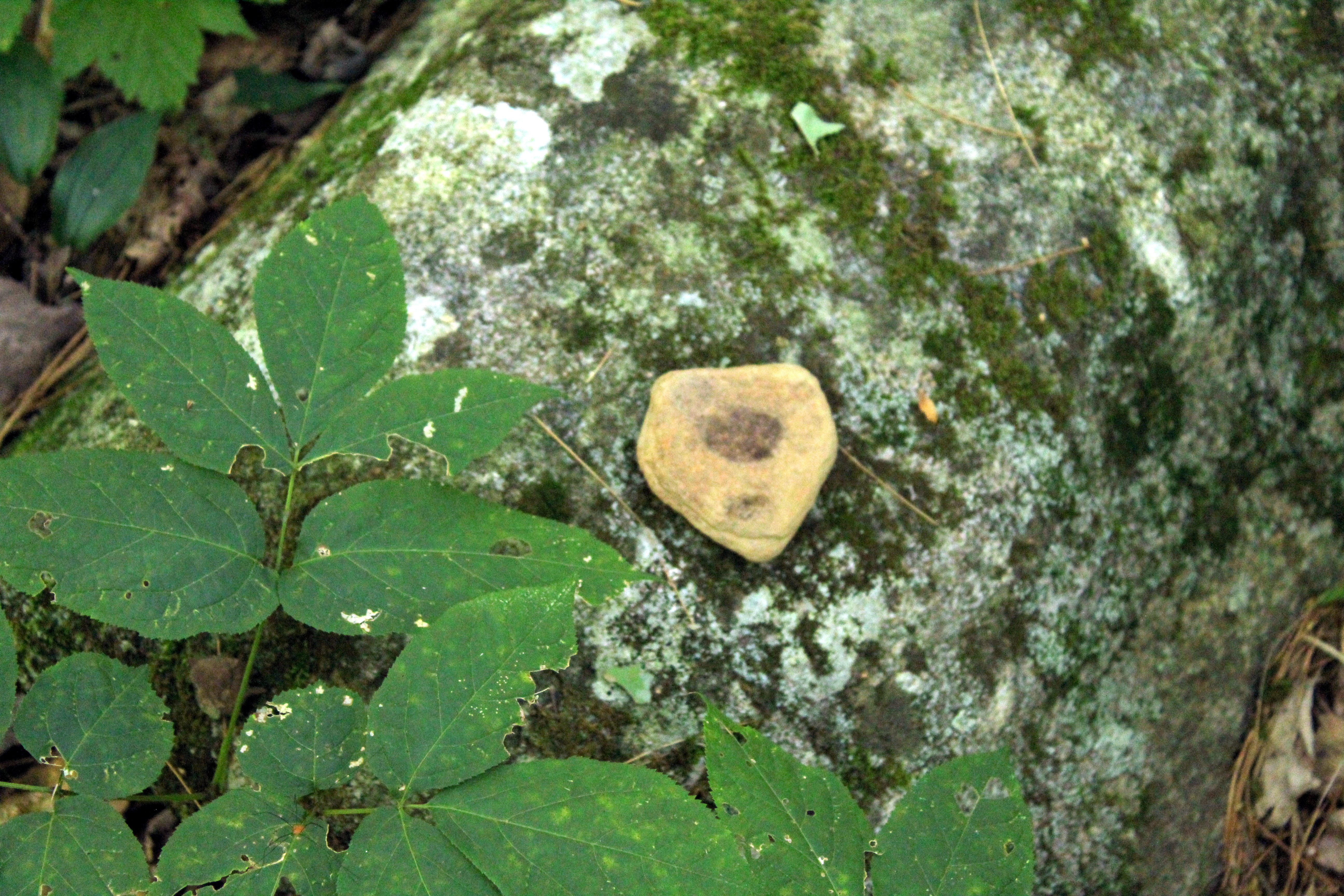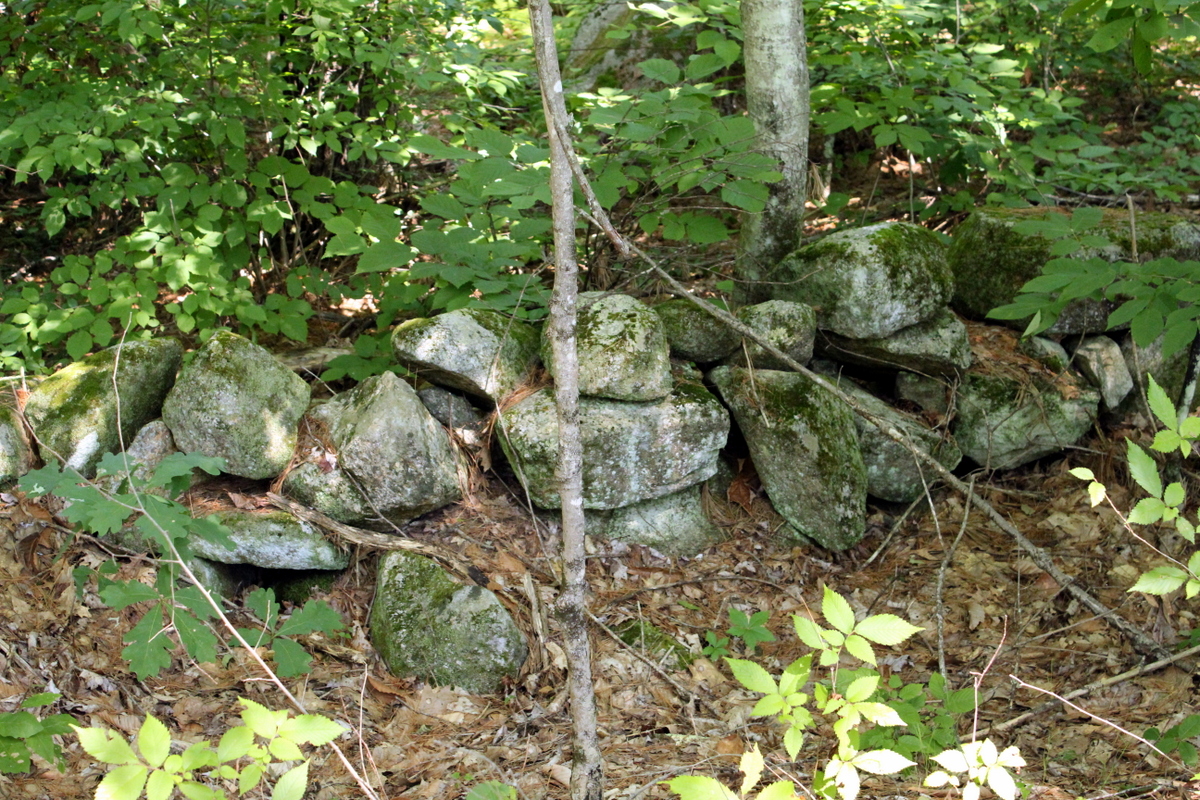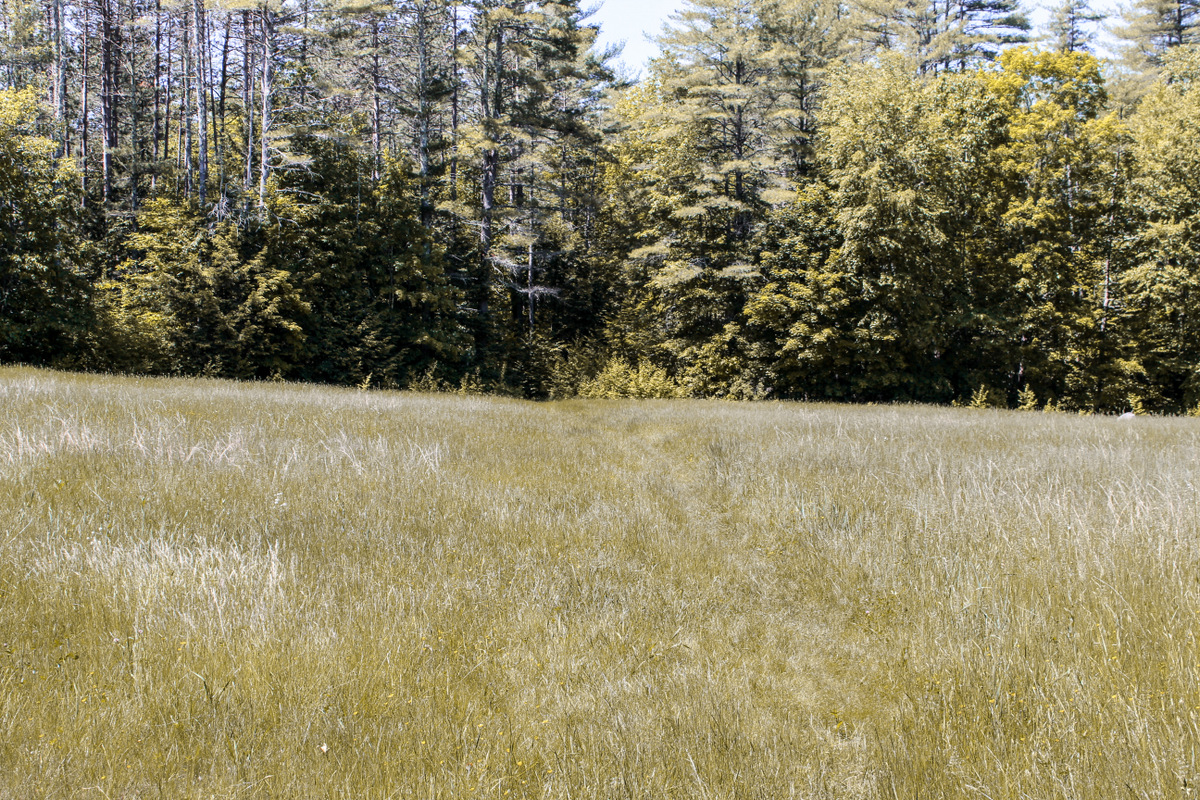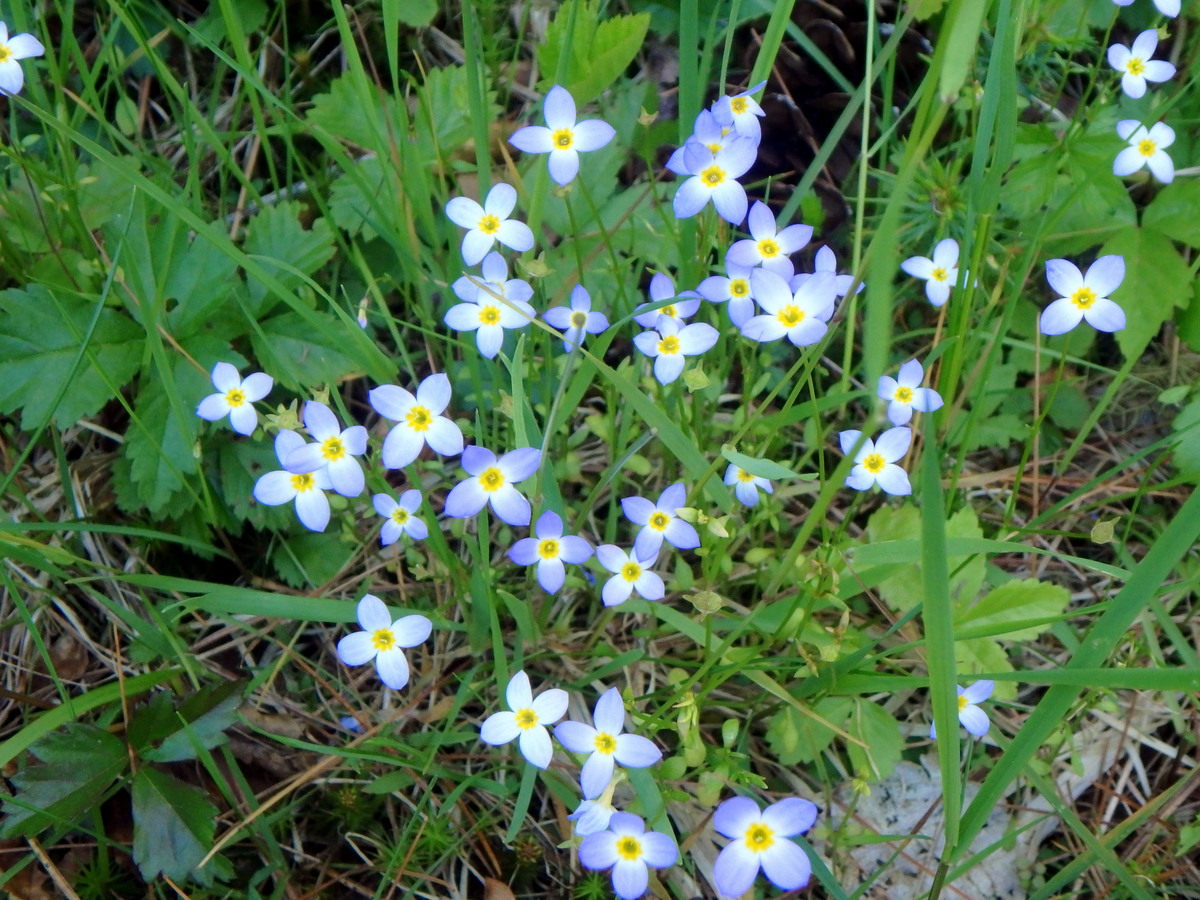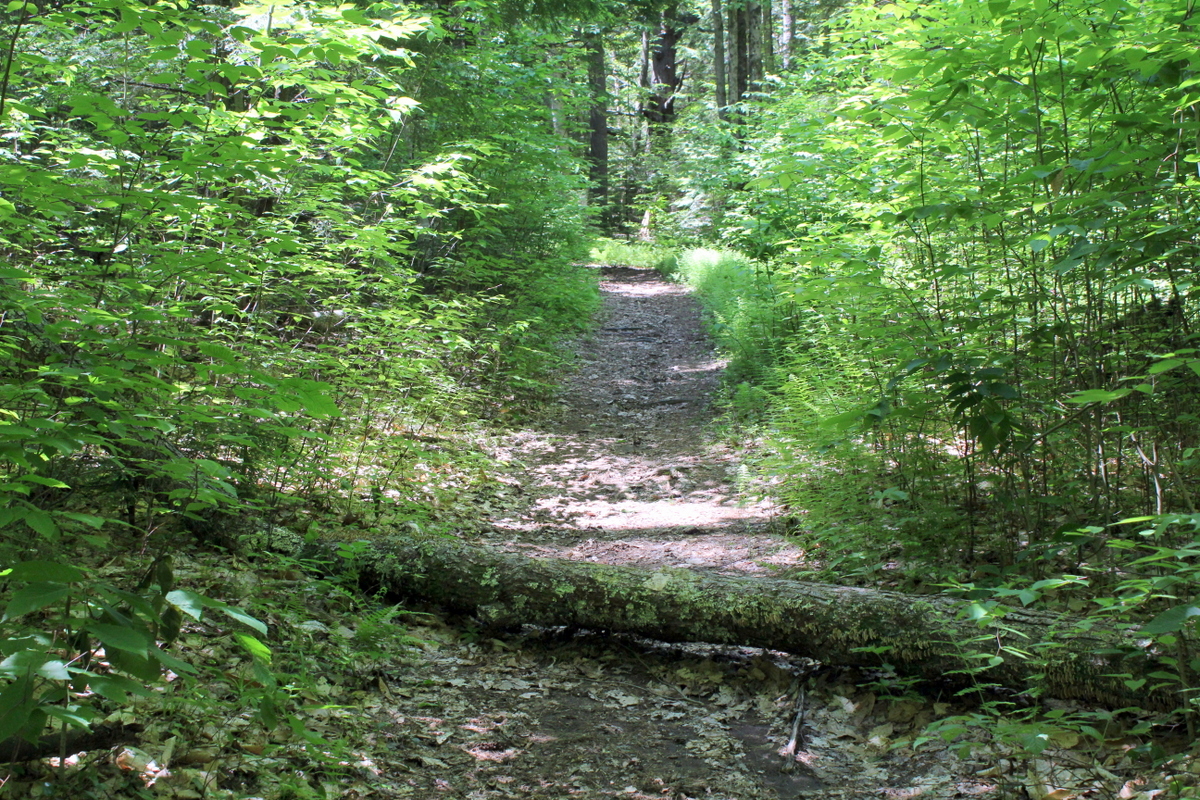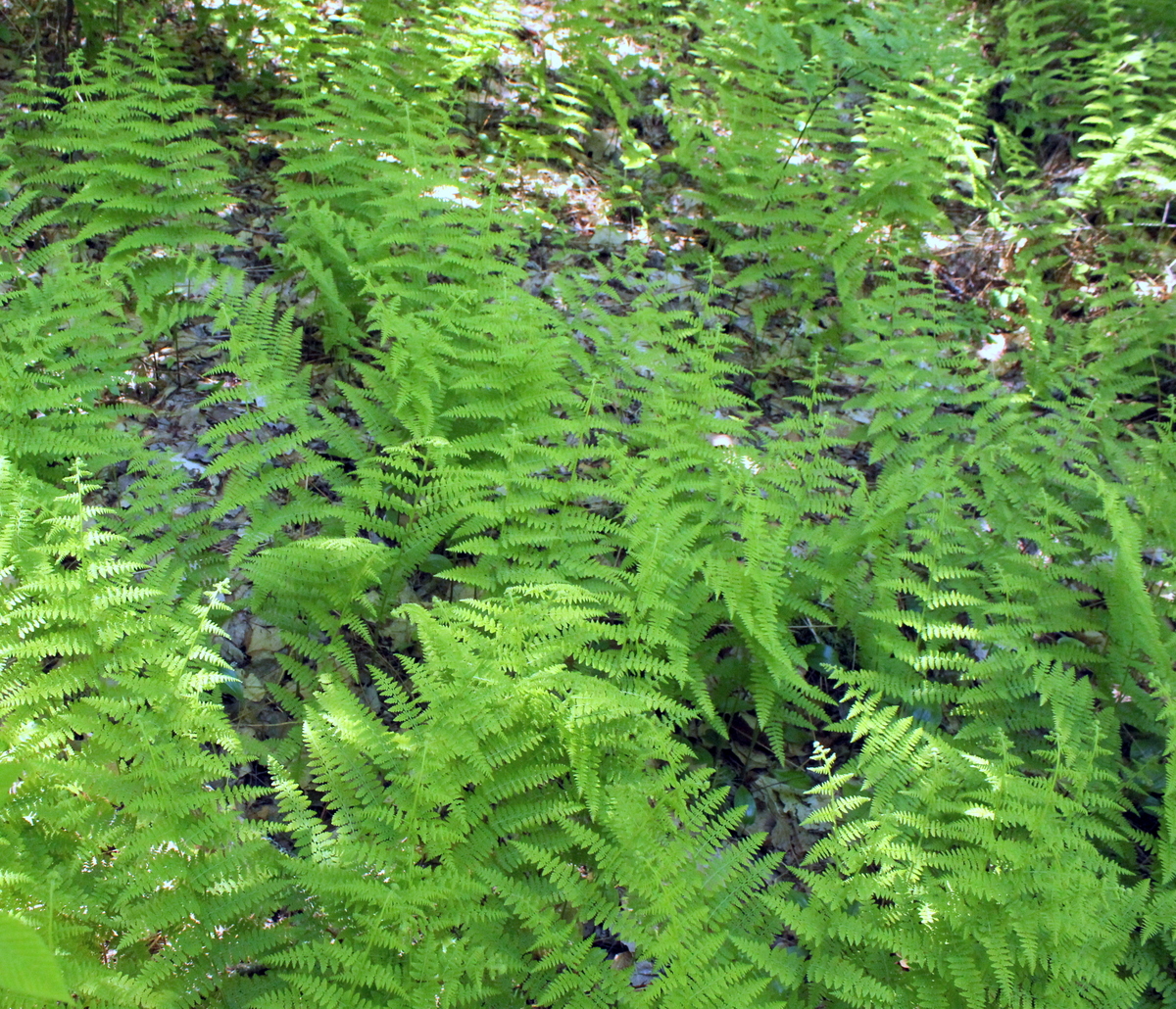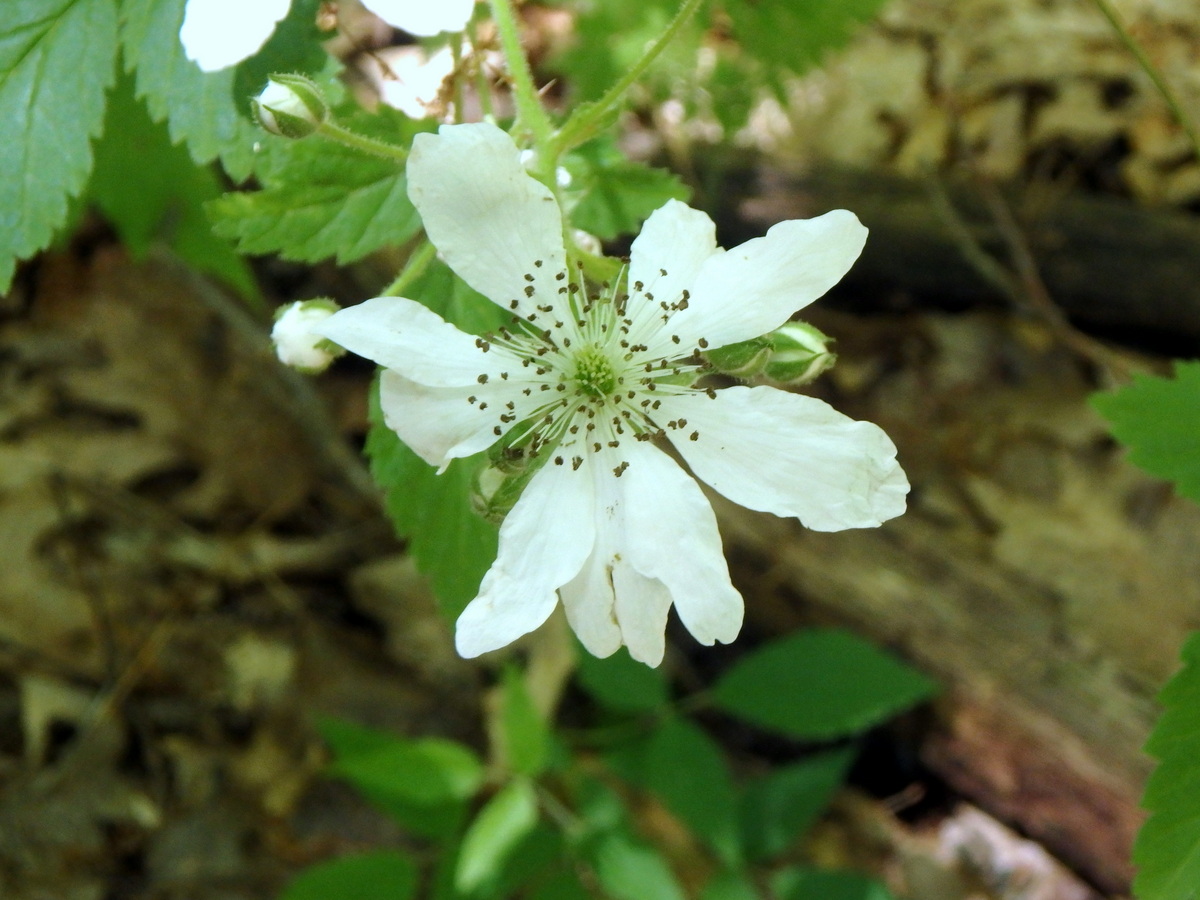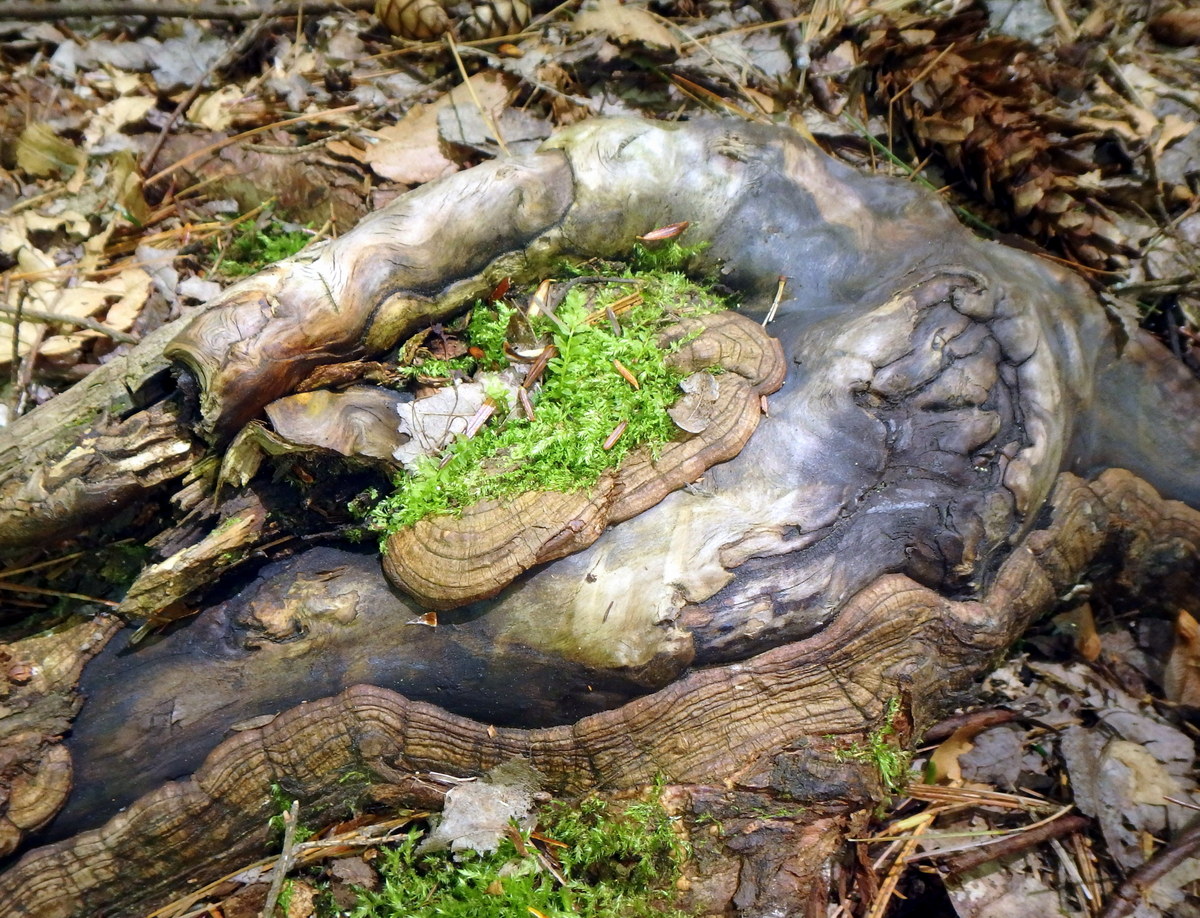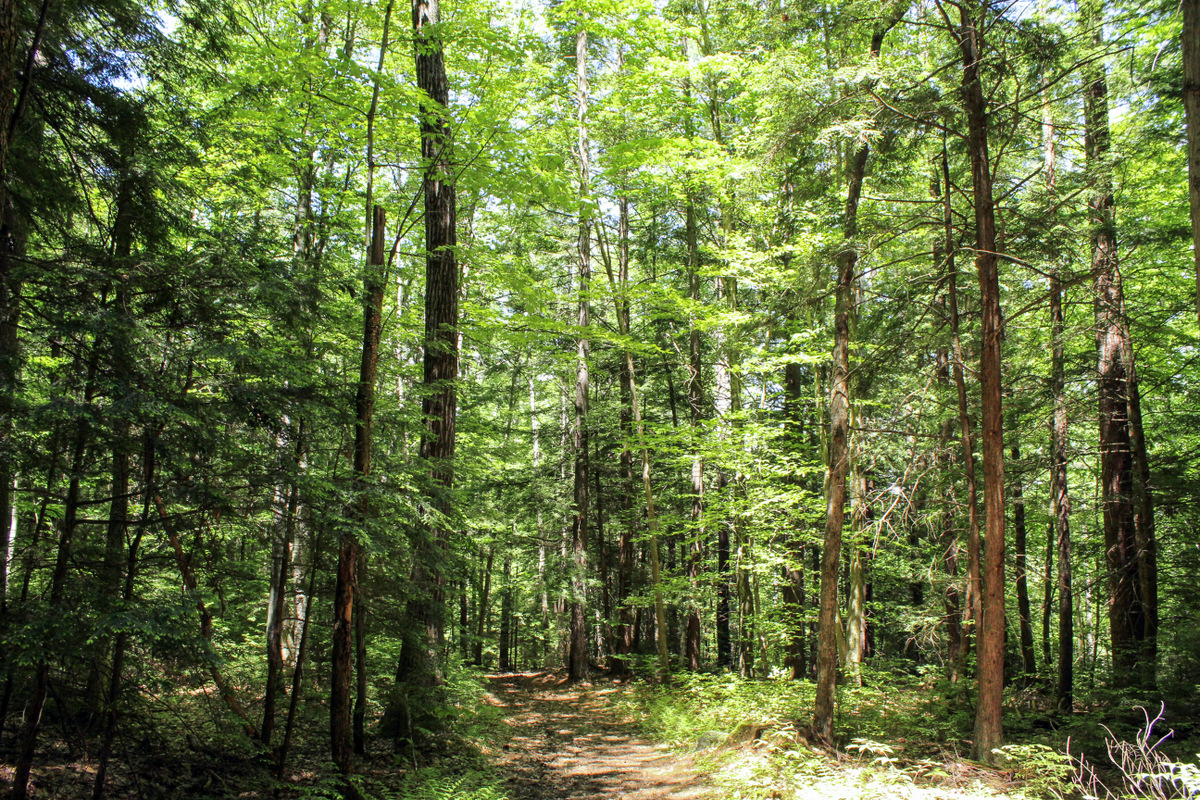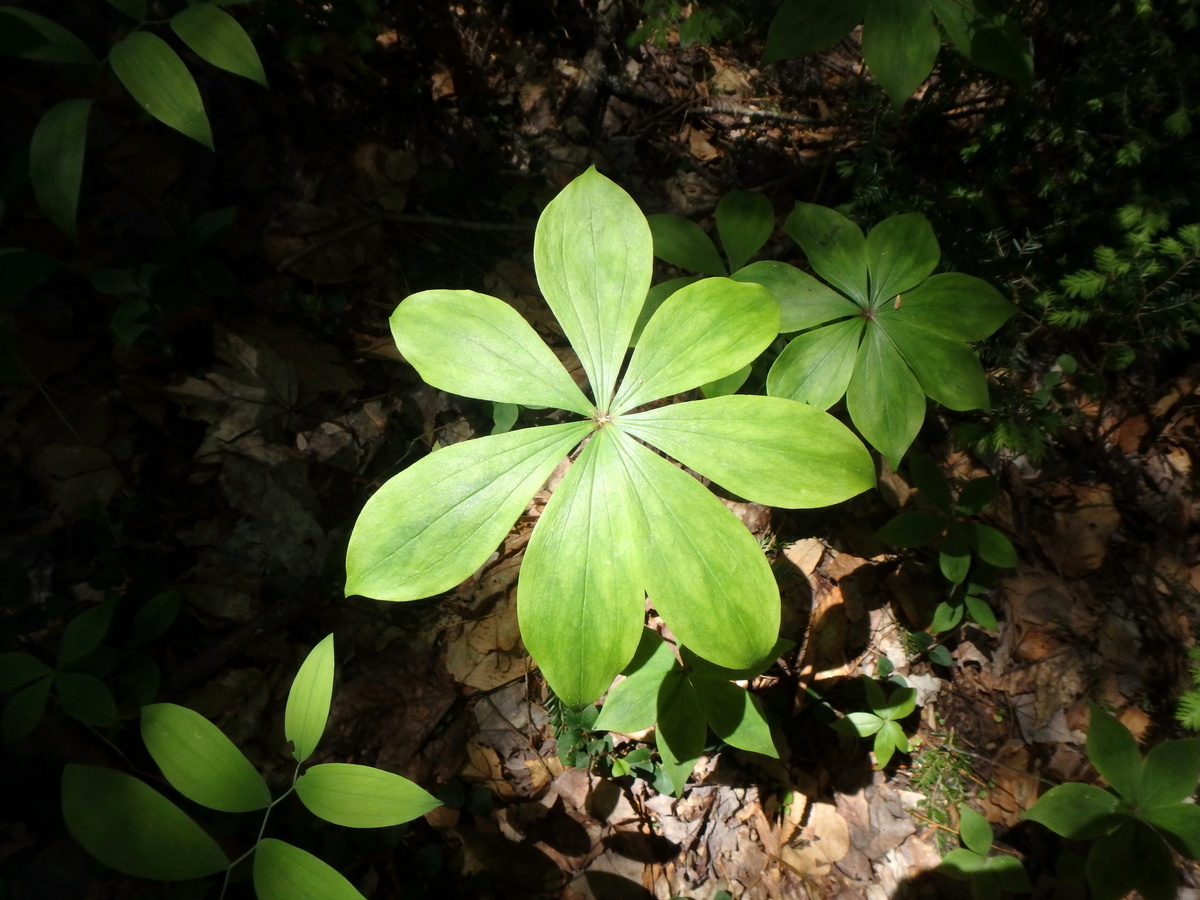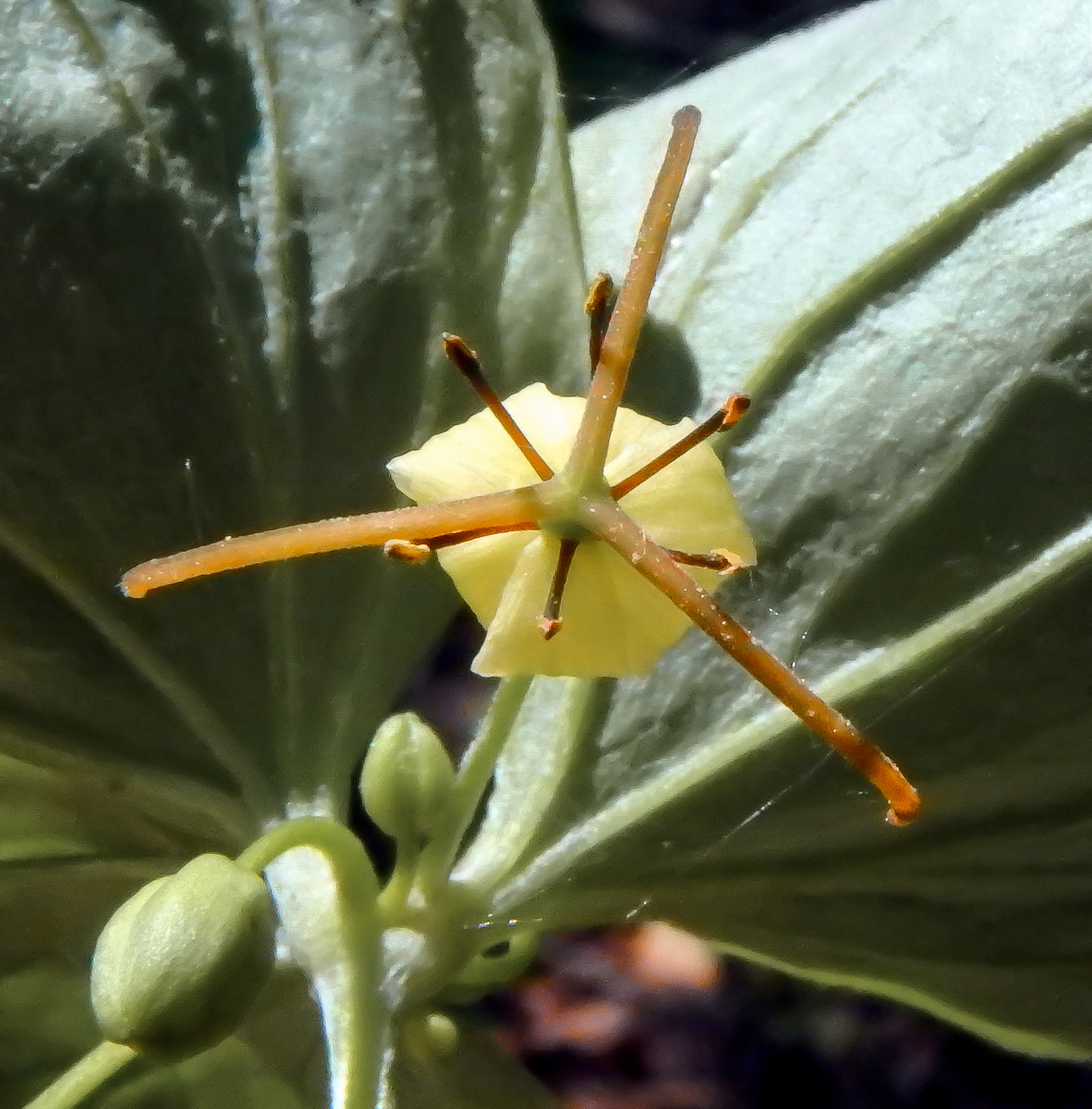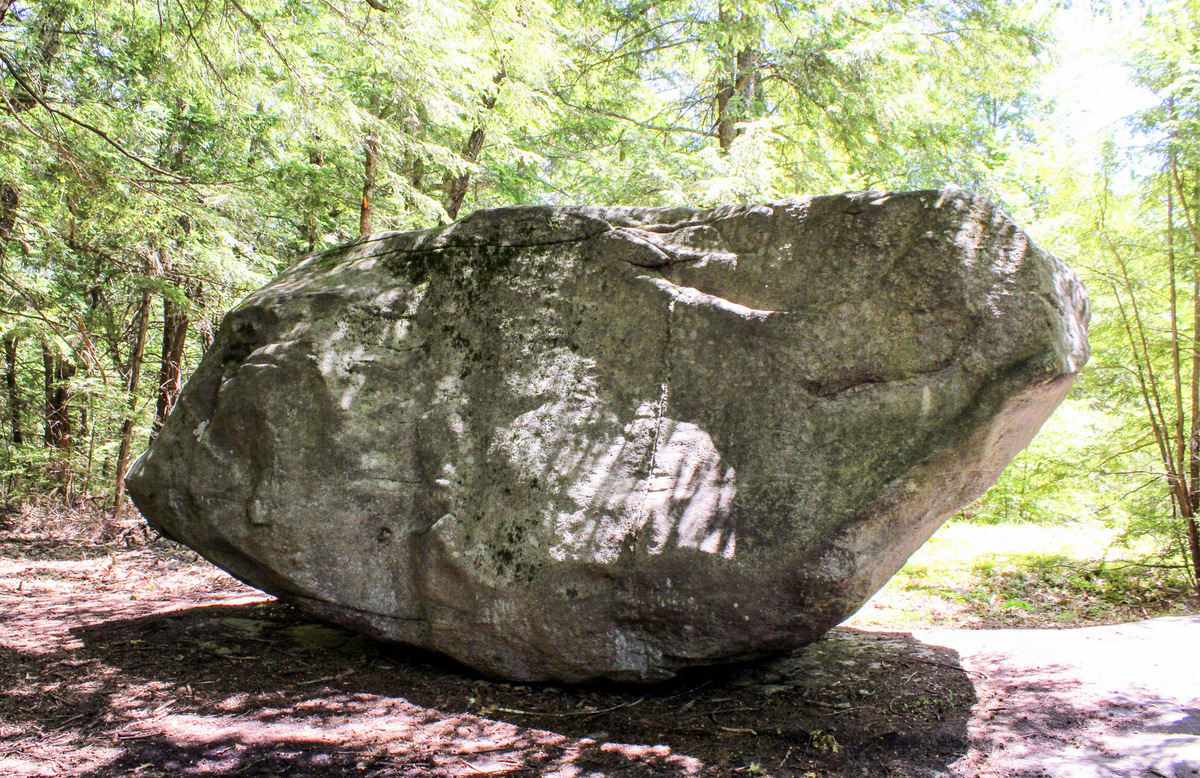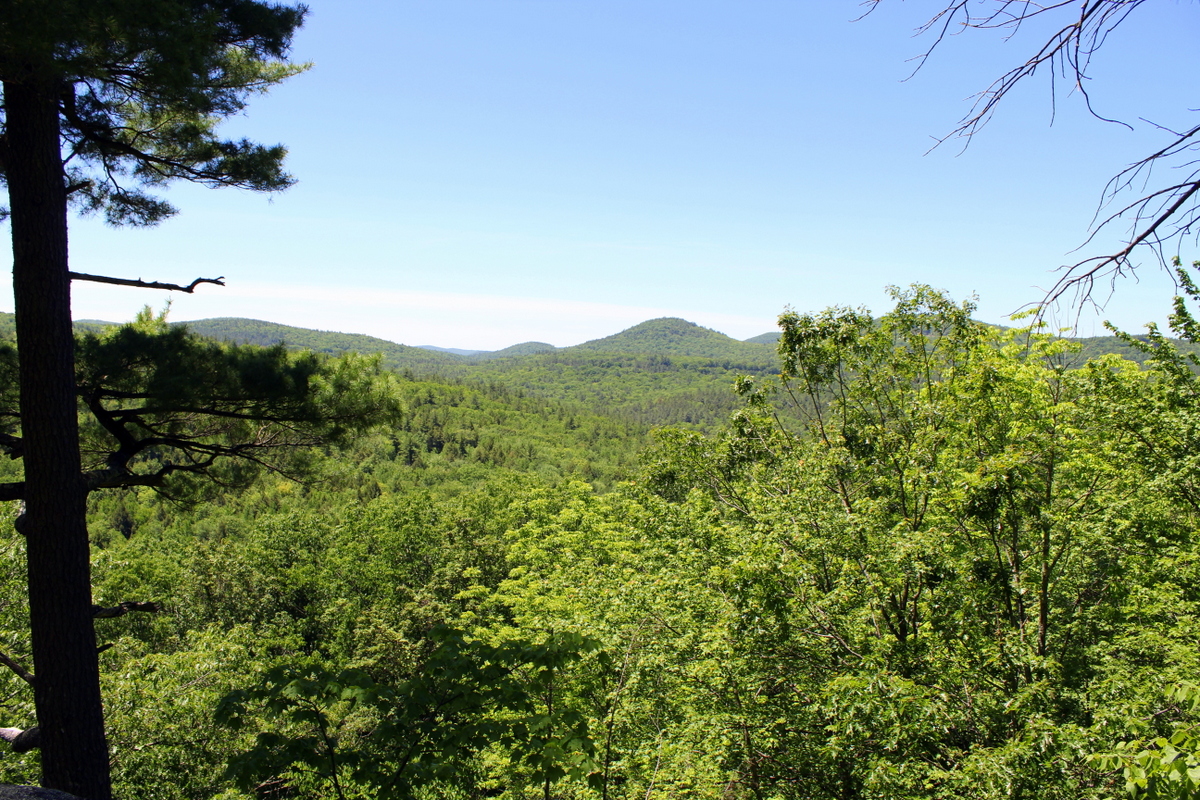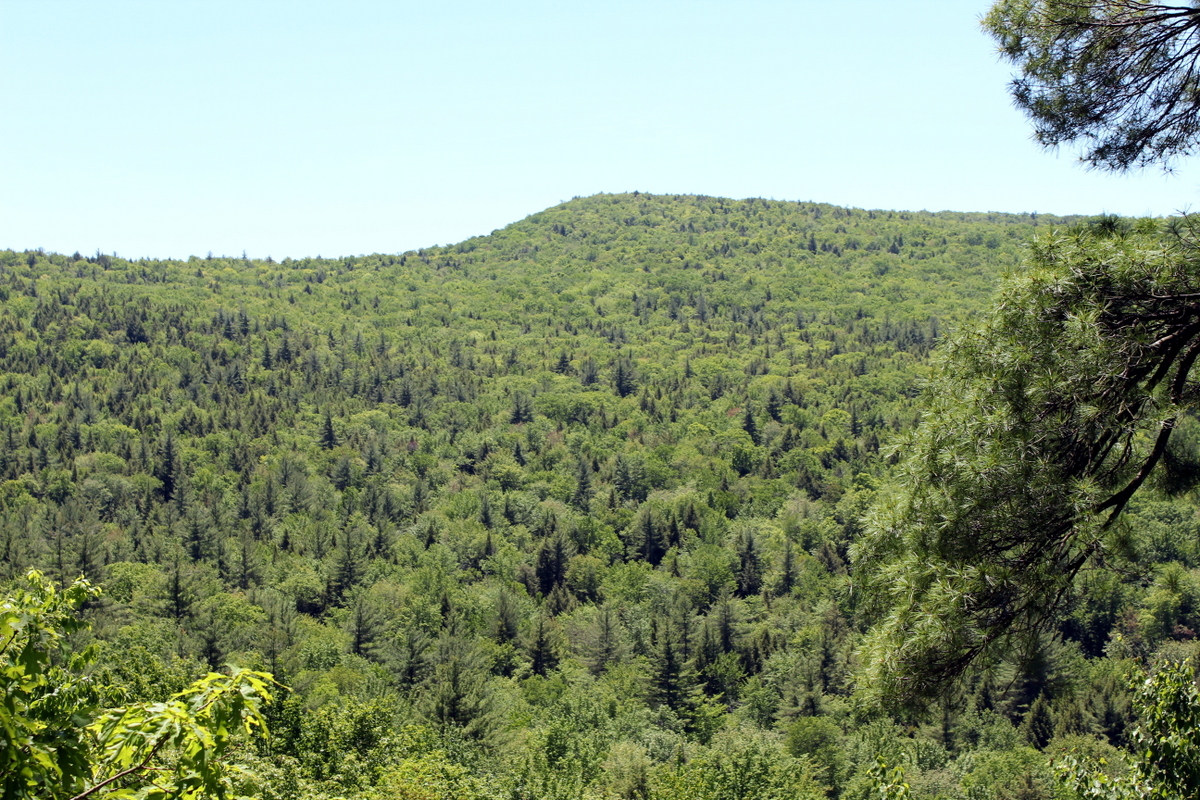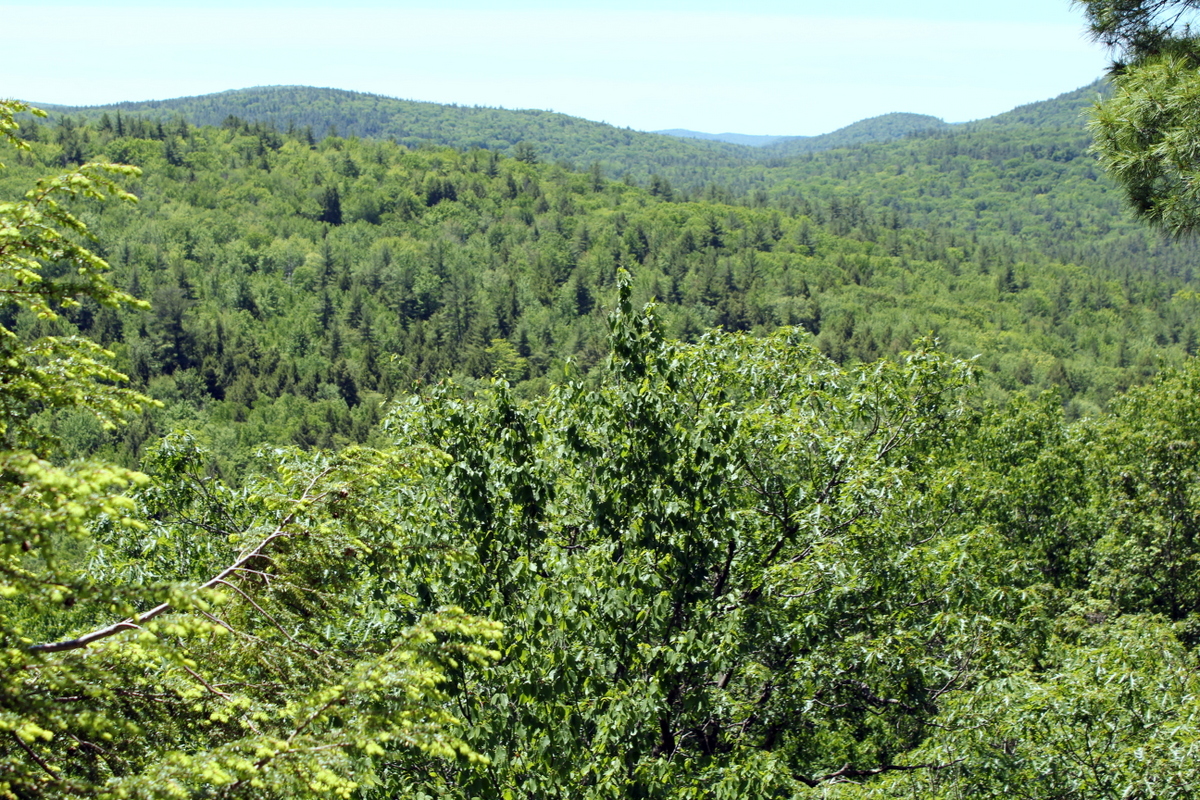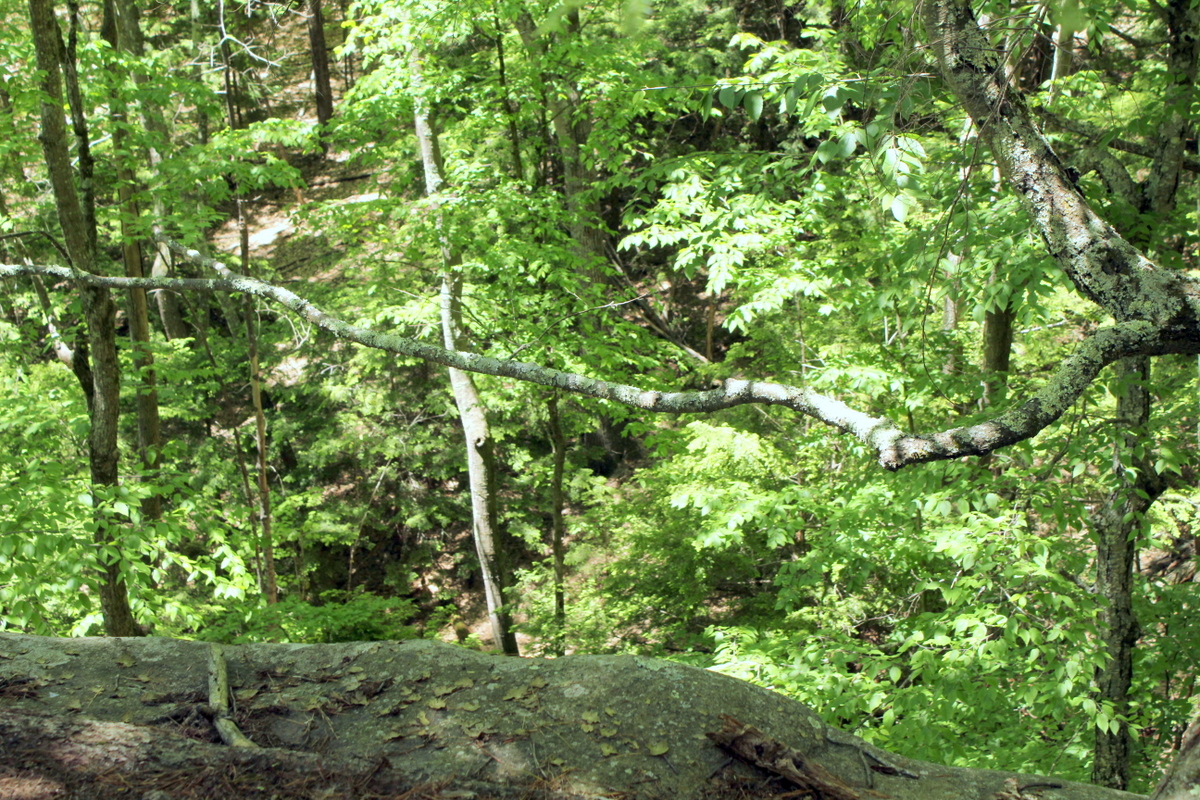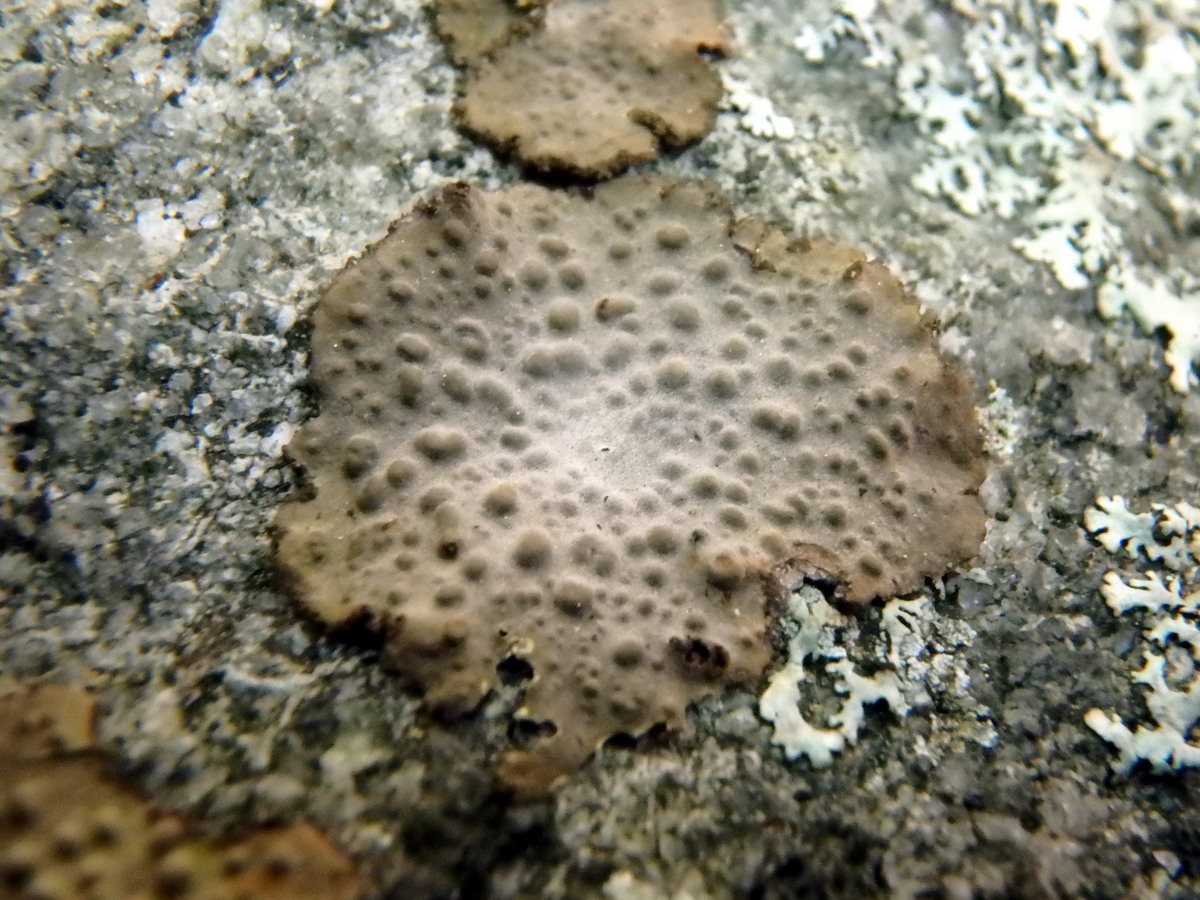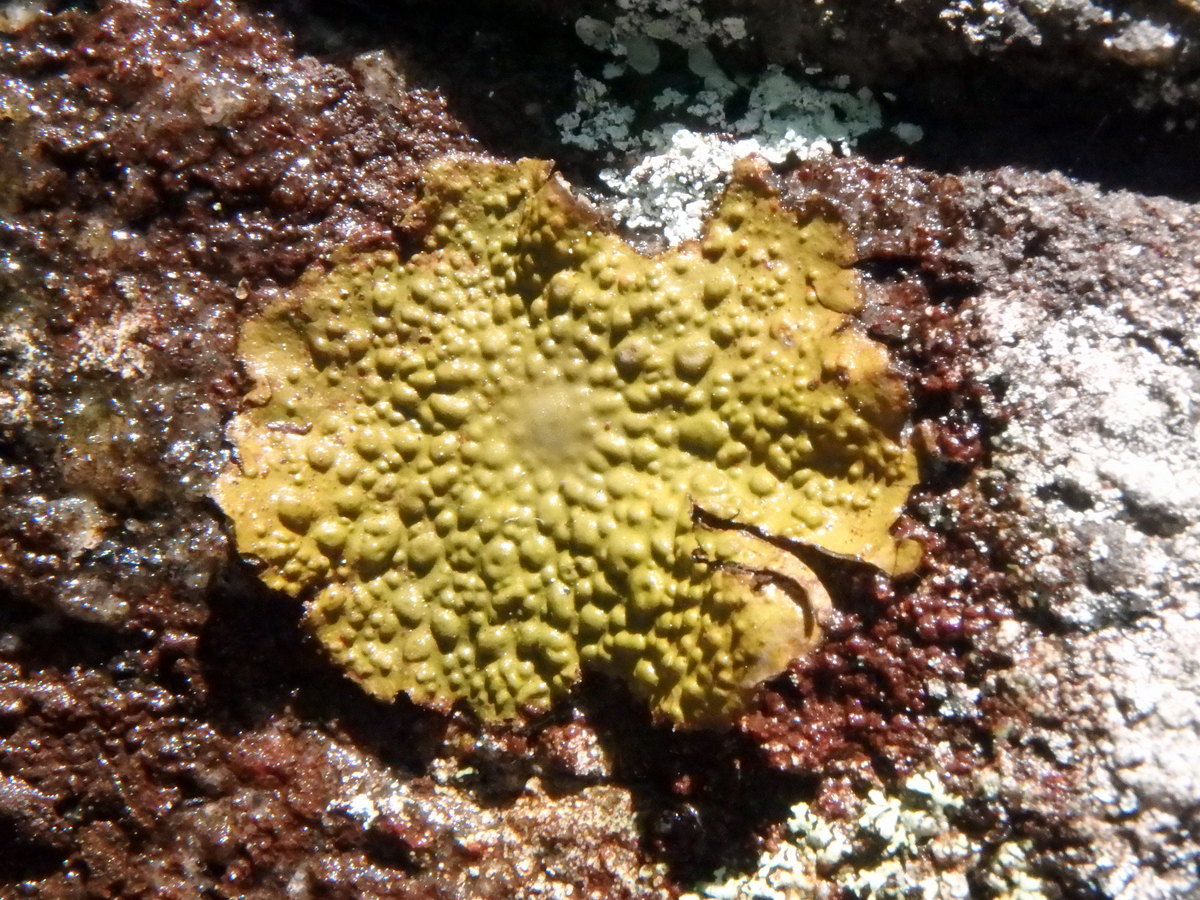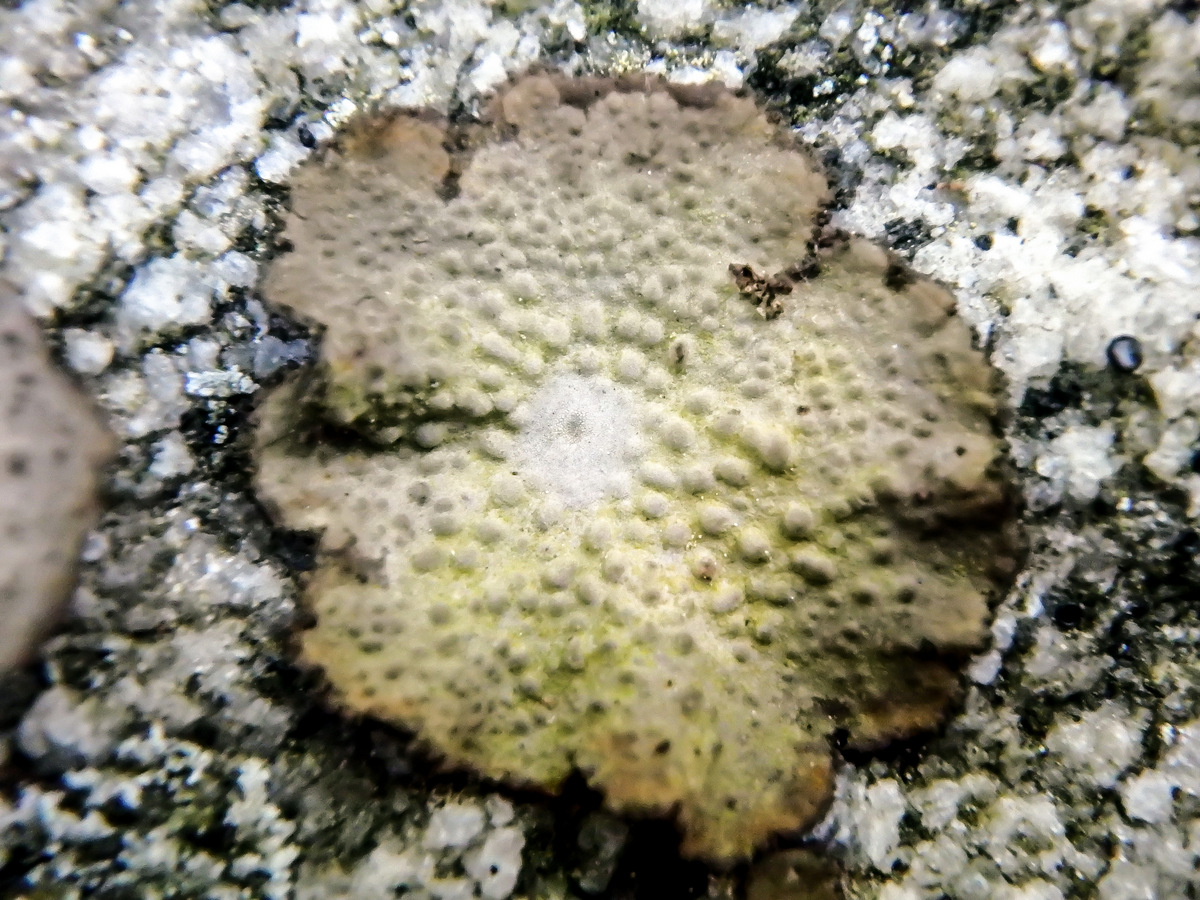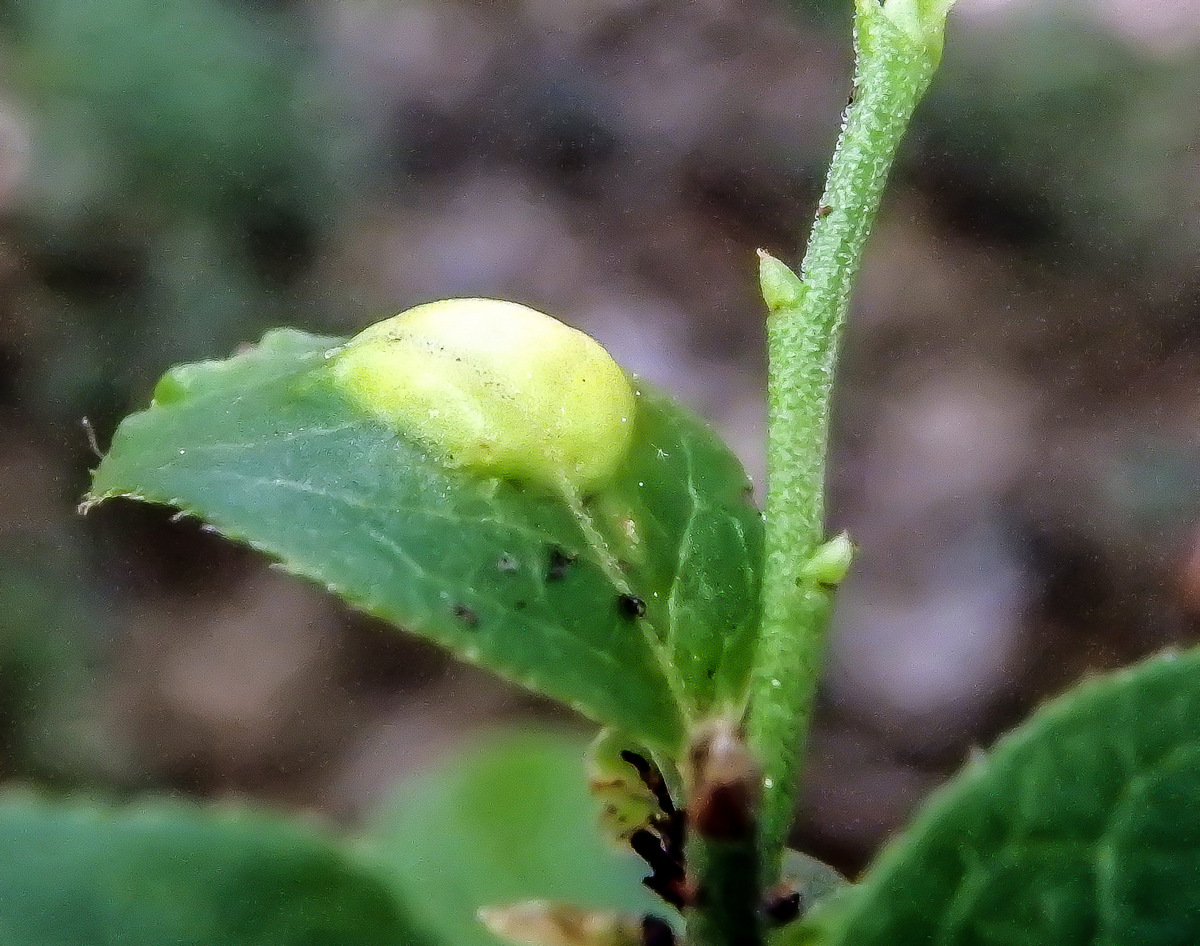
On the fourth of July at just after 7:00 am I started the climb up Pitcher Mountain in Stoddard. The sunshine hadn’t reached the trailhead yet so it seemed dark to the cameras.

There were many blueberries ripening there along the trail but they were small. So far, we’ve had a dry summer and since they are mostly water, they haven’t been able to plump up. There were lots of them though so if we get some rain, it’ll be a good year for blueberries.

Hay scented ferns had yellowing tips, meaning they were being stressed by dryness.

I was catching up to the sun. This was the first hike up this mountain in recent memory when I didn’t have to stop to catch my breath. I did stop to take photos of course, but the stopping wasn’t due to low lung power and that was encouraging.

Here in the meadow was where all of the sunshine was, and it was bright. I usually take this shot more to the left but that was impossible on this day. I think the light would have destroyed the sensor in my camera.

I could see cloud shadows on the distant hills. They’re something I’ve always loved to watch move over the land. What a beautiful morning it was. Just a little on the cool side made it perfect weather for climbing. I think it was 55 degrees F. when I started.

Mount Monadnock is the highest point in the region so no matter where you stand you are looking up at it, even if you’re standing on top of another mountain.

But I wasn’t at the top yet. I still had to negotiate the worst part of the trail. This leg has many stones and roots to trip over.

The state owns the 5 acres at the top of Pitcher Mountain and they tell you that, but I’d guess that about 99% of the people who pass this sign never see it.

There were potential blackberries but they were small and stingy like the blueberries. We really need to see some rain.

Orchard grass had bloomed itself out and now hung its head to drop its seeds.

Here was the final approach to the summit. The wide road finally becomes just a footpath.

There were lots of bush honeysuckles blooming along this section of trail. Not a true honeysuckle but a pretty splash of color just the same.

As I climbed the last few yards to the summit, I turned to take a photo of the ranger cabin and found that the sky had turned to milk. A strange light fell over everything for a time.

The views especially, were affected by the unusual light. I saw that the wind turbines over in Antrim were spinning as fast as I’ve ever seen them go, but I didn’t feel even a hint of a breeze.

I wasn’t happy when I got home and saw this photo on the computer. What? I said to myself, the sky didn’t look like that. And the shading on the hills isn’t right! All the grousing and whining I was doing reminded me of a quote by artist Justin Beckett that I’ve always liked very much. He said “I could paint these mountains the way they look, but that isn’t how I see them.” So true, and I had to laugh at myself. In the end the photo stayed just the way it was. Not what I saw, but reality instead.

Finally the milky sky passed and things were back to blue again. I was surprised to find that I had the entire summit all to myself on a holiday. For a while, anyhow; it wasn’t long before a gentleman about my age came up the trail. I told him that the only other time I’d had the summit to myself was in winter. In January two or three years ago was the last time, I believed. “You come up here in January?” he asked. “Isn’t it a little icy?” “It can be, yes.” I told him. “I’ve had to crawl up those last few yards on my hands and knees.” By the look on his face you’d have thought I had just told him that I was from the crab nebula. I should probably have just kept my mouth shut. Only another nature nut could understand someone clawing their way up a mountain in January. In any case it wasn’t long before I had the summit to myself again.

I could just make out the cuts for the ski slopes on what I believe is Stratton Mountain over in Vermont.

The view of the near hill is being blocked by growth. Every now and then someone, or a group of people, comes and cuts the undergrowth to restore the views. I like to see the near hill. It rises up out of the forest like an ancient burial mound.

The old dead birch was still standing. It has become like a landmark to me so when it falls, I’ll miss it.

The morning light turned some of the mountain cinquefoil flowers in this shot blue but they are actually white. This plant also called three toothed cinquefoil because of the three large teeth at the end of each leaf.

They’re also very small. Just about the size of an aspirin I’d guess, but though small they certainly aren’t dainty. They survive some nasty weather up here; everything from being coated in ice to baking in the sun.

Common goldspeck lichens cover the exposed bedrock of the summit beautifully. If you want to talk toughness, I can’t think of another living thing as tough as a lichen. Science says they are about as close to immortal as any earth-bound being can be. They’ve even survived the vacuum of space.

In all the years I’ve been coming up here I’ve never seen the depressions in the bed rock that I call the bird baths dry up. Even in the bad drought we had three years ago there was water in them but now, all but this one had dried up, and this one looked like was going fast. There were lots of small birds like chickadees and juncos in the bushes watching me, just waiting for me to leave so they could use it, so I didn’t hang around the area long.

The blueberries on the summit were ripening quickly but they were small. Pitcher Mountain is known for its blueberries and many people and families come to pick them each year.

I thought I saw a dragonfly on a fern but it was a tiny feather. I get fooled by feathers a lot but this one was worth being the fool for. I thought it was beautiful and I wished I had seen the bird that dropped it. It must have been beautiful as well.

And then it was time to go down. When I got here earlier, the first thing I saw was three college age men running down this trail at full tilt. I suppose they must have run up it first, and that would have been near the twilight of dawn. More power to them. I was young once, too. May they all lead long and healthy lives.
I meant to do my work today, but a brown bird sang in the apple tree, and a butterfly flitted across the field, and all the leaves were calling. ~Richard le Gallienn
Thanks for stopping in.















